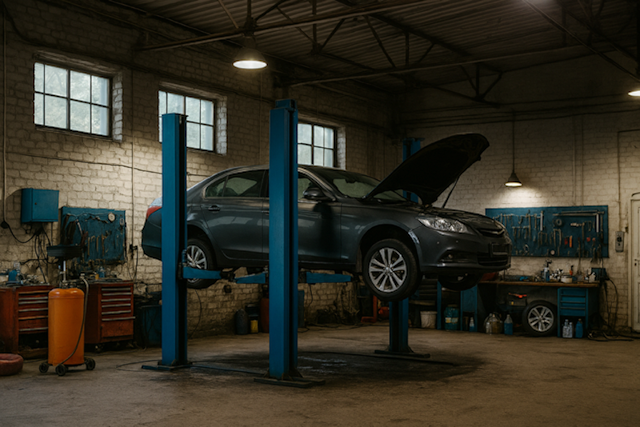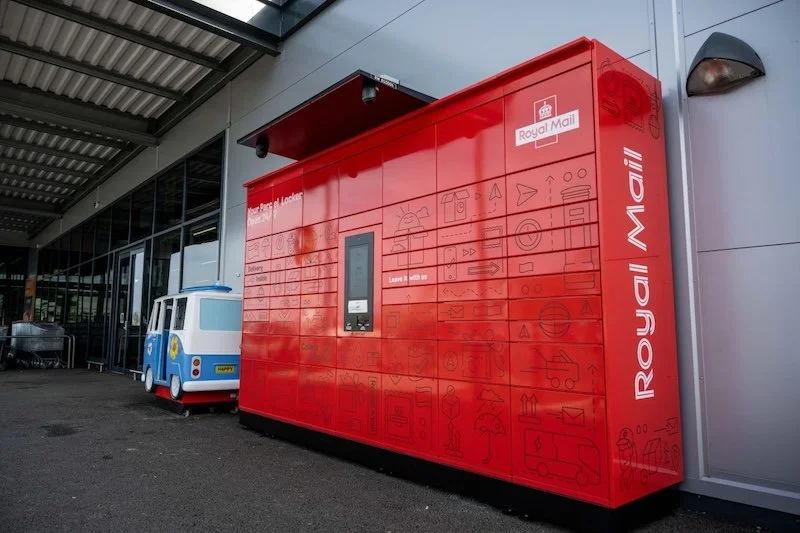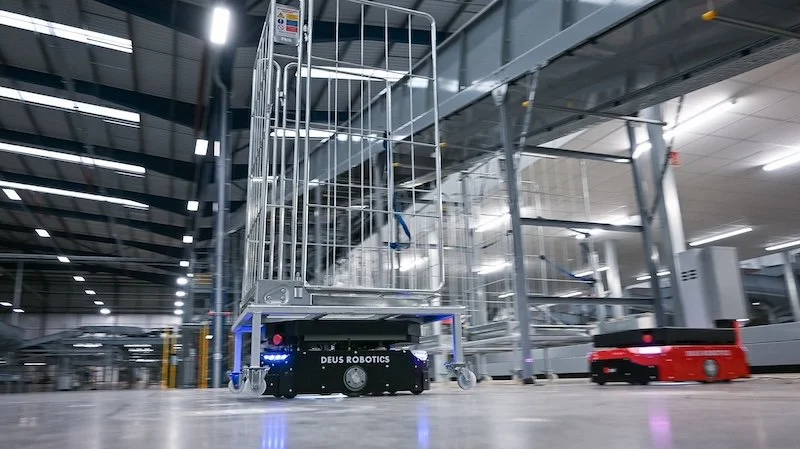Savings or safety? A long-term cost comparison of OEM and aftermarket parts
You’re at the repair shop, looking at a quote with two options: one labelled OEM, the other aftermarket.
The latter promises quick savings, and it’s hard not to be tempted. But does saving now mean spending more later? The debate between OEM and aftermarket car parts is less about price tags and more about long-term value - reliability, performance, and safety.
In a market flooded with options, knowing where to buy verified parts can make all the difference.
OEM vs Aftermarket: What’s the Difference?
OEM parts are created by or for the manufacturer and match the car’s original factory specifications. They’re designed for precision fit, durability, and safety.
Aftermarkets, however, are replacement or upgrade auto parts made by a company other than the original equipment manufacturer of the vehicle. There is a vast variety of aftermarket manufacturers out there, some of which are reliable, others, less so.
This is a category with a lot of grey areas in between. All part levels exist for a reason, but knowing when to bypass OEM for an aftermarket part, and vice versa, determines the true cost-capability relation of the repair.

Short-Term Savings: Where Aftermarket Parts Win
There’s no denying the appeal of aftermarket parts: lower upfront costs and immediate availability. For routine maintenance or non-critical components - air filters, mirrors, or cosmetic trims - they can provide reasonable value. They allow independent garages to serve more customers quickly and keep budgets lean.
However, the trade-off often hides beneath the surface. Inconsistent quality, lack of certification, or poor fit can shorten part lifespan, creating a cycle of replacements that quietly increases total expenses over time.
Long-Term Reliability and the Hidden Costs of Replacements
An aftermarket water pump that fails six months early doesn’t just mean buying another part - it means paying for additional labour, lost productivity, and potential damage to connected systems. These hidden costs quickly outweigh the original savings.
OEM parts, while sometimes more expensive upfront, deliver predictable performance and long-term reliability. They are built to manufacturer standards, ensuring compatibility with advanced vehicle systems. This precision often translates to fewer breakdowns, lower maintenance costs, and stronger resale value.
Safety, Warranty, and Trust: Why OEM Still Matters
Safety-critical systems - brakes, suspension, cooling, or electronics - require specific tolerances. OEM parts are tested and engineered to operate in context with the car’s integral safety and diagnostic systems. Non-certified parts can render warranties null and void and can also threaten drivers’ safety and, if not that, their optimal performance.
Besides peace of mind, OEM parts sometimes offer warranty coverage. This means that equipment tallies and fleet managers alike can rest assured that the replacement part won’t break/degrade in the short to medium term. From then onward, that’s the reduced profile of legal financial liability and increased customer confidence. There’s no wallet friendly part on the planet that’s actually worth this peace.
The Value of Dependability
Really, the question isn’t OEM or aftermarket; it’s short-term saving or long-term value. Aftermarket is fine for cosmetic alterations, but OEM parts punch above their weight. They offer less depreciation, warranty coverage, and long-term peace of mind.
For businesses and drivers, dependability is a plus - and working with an OEM partner like https://eccoparts.eu/en/ is not just common sense - but it’s also good business.






























Continue reading…